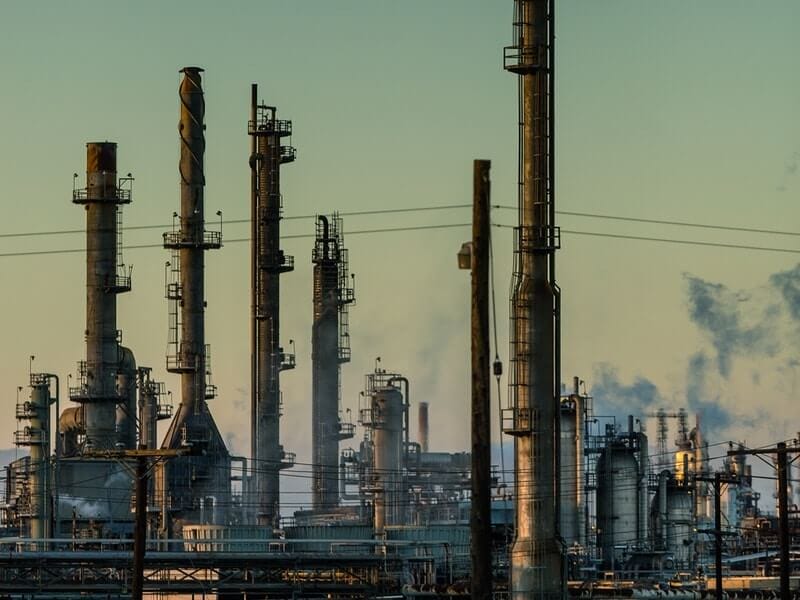
Operational Efficiency
Generally speaking, health and safety has historically been seen as a barrier to productivity, even the butt of the occasional joke. The worst scenario is people continuing to act in an unsafe manner when no one is looking thinking that in cutting corners they are getting the job done quicker. However, there is now widespread consensus to the contrary that a strong health and safety (H&S) culture is good for business when viewed as an investment, not a cost and as a vital component of overall business strategy. Creating a sustainable business through continuous improvement leading to operational excellence (OpEx) is a major strategic objective.
LNS Research in their February 2018 webcast1 reference Alcoa, who achieved an order of magnitude reduction in the rate of lost working days (LWD) with a near equal and opposite increase in shareholder value (see figure 1). They put this down to strong leadership from the very top, cross functional teamwork and working hard to close the gap between good intentions and implementation.

Their research also throws up further compelling evidence between the investment in safety and a financial return but in addition to financial gains and a reduction in incidents & accidents other outcomes include minimising the operations’ impact on the environment and the promotion of employee health & wellbeing.
 OpEx platform
OpEx platform
LNS go on to say “fall short on any one pillar and the OpEx platform is fragile, fall short on two and it is totally unstable”.
Clearly in safety critical sectors such as oil & gas there can be no compromise in EHS because of the immediate danger to life but for a long time, according to the British Occupational Hygiene Society (BOHS), “we have been shouting safety and whispering health”. This was actually said in the context of toxic dust exposure but is equally applicable to volatile organic compounds (VOC) like benzene, which is a hazardous chemical found in crude oil and used in the manufacture of plastics. Acute symptoms of exposure include headache, dizziness and in extreme cases loss of consciousness but repeated exposure can lead to chronic diseases such as leukaemia. Individuals who have experienced benzene poisoning requiring treatment show a substantially increased risk of mortality from leukaemia.
Plant Turnaround
Hazardous chemicals that pose a risk to humans are normally safely transported within the process but obviously during plant turnaround this is no longer the case. As lines and reaction vessels are opened they pose a significant risk of over-exposure, without appropriate control measures.
Concentrations can be several hundred (or even thousand) times higher than the occupational exposure limit (OEL)!
The workforce increases many fold too and the clock is ticking to get the plant back up and running on time (time literally is money2). This also increases the potential risk due to the sheer numbers of contractors that presents an H&S management challenge.
Remember the old adage you can’t manage what you don’t measure? Well, it is not surprising that monitoring instrument sales peak at this time according to Gary Smith, Export manager for Ion Science, a leading manufacturer of photoionisation detectors (PID).
PIDs are a proven solution for fixed, portable or personal monitoring applications of VOCs across the whole plant at any time during normal production or turnaround.







 United Kingdom
United Kingdom






